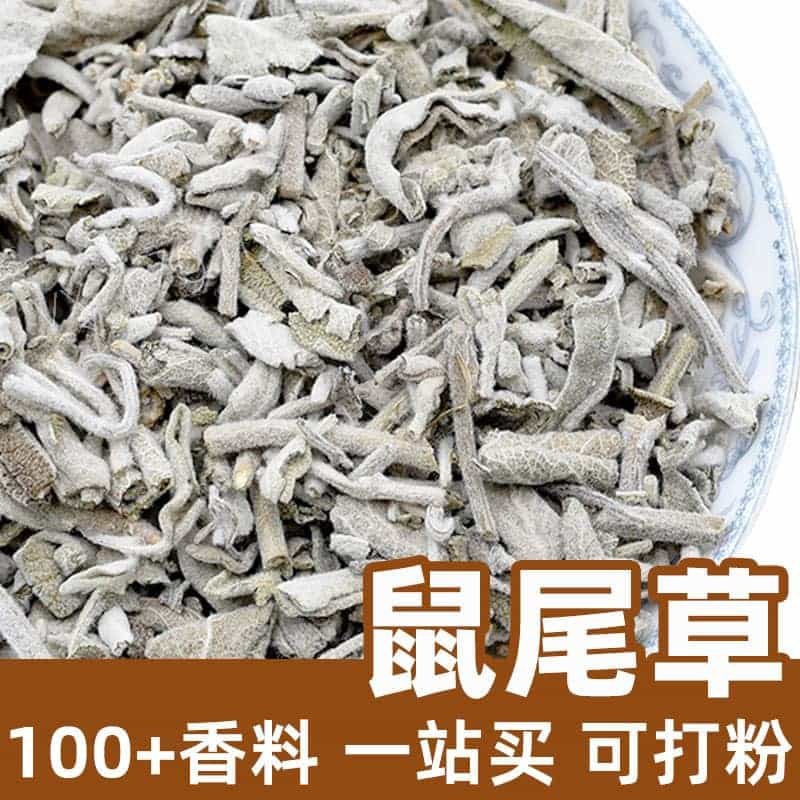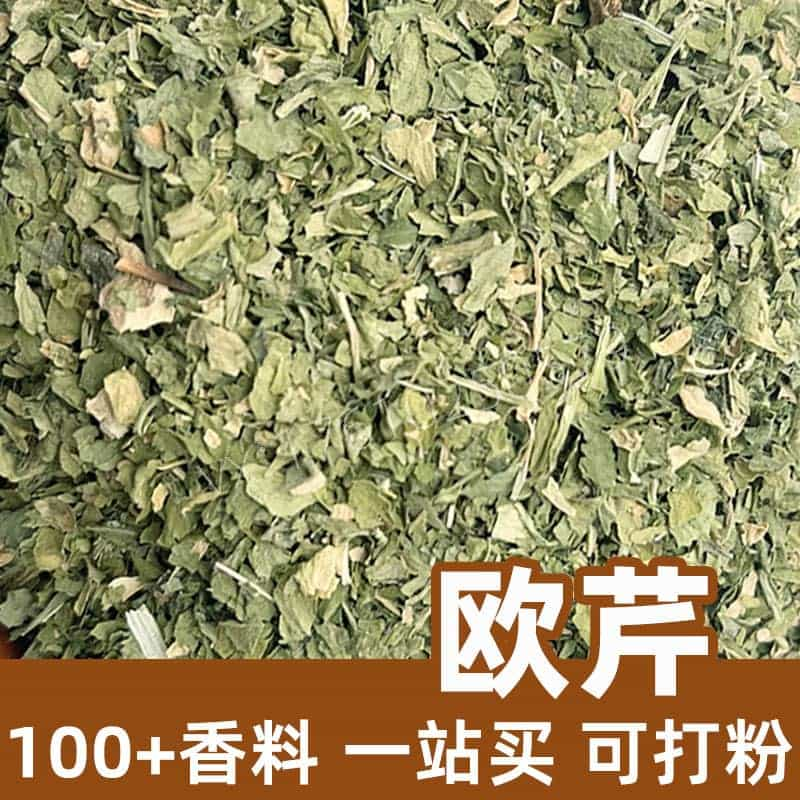Product Description
Yellow mustard, also known as 黄芥 or 雄黄菜, is a widely used oilseed plant. The seeds are oval or nearly round with a yellow shell, hard in texture, and rich in oils. Known for its spicy taste and unique aroma, yellow mustard is commonly used in cooking, seasoning, and condiment production.
Aromatic Chemical Components
The aroma of yellow mustard largely comes from its chemical components, with mustard oil being the primary active ingredient. Mustard oil contains significant amounts of sinigrin and sulfur compounds, giving yellow mustard its characteristic spicy taste and aroma.
Sinigrin is one of the primary components of yellow mustard, a type of glucosinolate with a spicy taste. When ground or heated, sinigrin reacts with enzymes to produce volatile compounds with a sharp, spicy scent, adding an intense flavor to yellow mustard.
Apart from sinigrin and sulfur compounds, yellow mustard also contains other compounds that contribute to its unique flavor and aroma.
Product Varieties
Yellow mustard is typically used in seed form. Common market forms include mustard powder and prepared mustard condiments. These different forms serve various culinary needs.
Mustard powder is made by grinding mustard seeds into a fine powder, making it convenient for seasoning and cooking. Mustard condiment is made by processing mustard seeds into a sauce, providing a strong aroma and spicy flavor.
Product Usage and Dosage
Yellow mustard is widely used in cooking and seasoning. Here are some common applications and methods:
- Condiment: Yellow mustard can be used to flavor various dishes. It’s often found in salad dressings, dipping sauces, chili sauces, and burger condiments, adding rich aroma and spiciness to food. It can be added directly to dishes or mixed with other seasonings.
- Pickling: Yellow mustard is also popular in pickling, such as for meats and vegetables. Its spicy taste and unique aroma enhance the flavor of the ingredients.
To make the most of yellow mustard’s distinctive taste and aroma, it’s essential to use it in reasonable amounts. Adjustments can be made according to specific needs and personal preferences. Its applications in cooking and seasoning add special flavor and a spicy kick to foods.
Origin, Distribution, and Growing Conditions
Yellow mustard, scientifically named *Sinapis alba*, belongs to the Brassicaceae family. It is mainly distributed across Europe, Asia, and North Africa.
Yellow mustard thrives in warm, humid environments and often grows in river valleys and farmland areas.
Its seeds are harvested, cleaned, dried, and ground to produce commercially available mustard powder and condiments.
Harvesting, Processing, and Storage
Yellow mustard seeds are harvested during the plant’s maturity stage, then cleaned, dried, and ground. They can be used directly or stored for later use.
To maintain the freshness and aroma of mustard seeds, store them in a cool, dry place in sealed containers.
In summary, yellow mustard is a popular seasoning plant with a unique spicy flavor and aroma. Widely used in cooking and seasoning, it brings a distinctive flavor and spice to foods. Understanding its specifications, chemical components, and proper usage can help make the most of this seasoning, adding rich layers and unique taste to culinary creations.
Monica Sun is a seasoned expert in the natural raw materials industry, with over a decade of experience specializing in traditional Chinese medicinal herbs, spices, and fungi. She is skilled in the sourcing, processing, and application of these materials, emphasizing sustainability and innovation. Monica Sun has contributed to the development of high-quality natural raw materials that serve as essential components in functional foods, pharmaceuticals, and cosmetics, delivering tailored solutions to meet diverse market needs.









.jpg)


.jpg)


